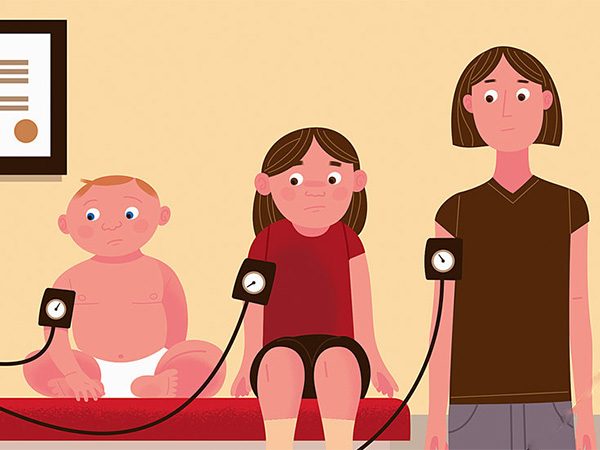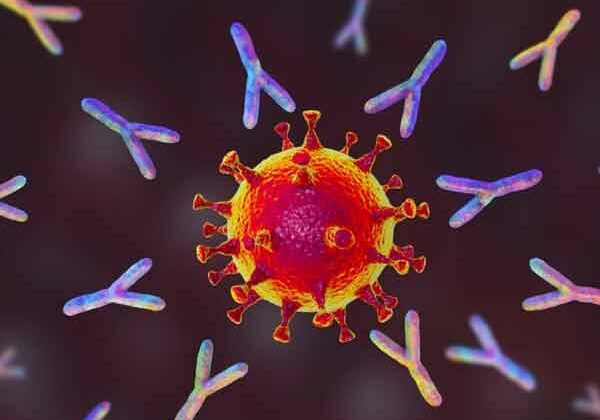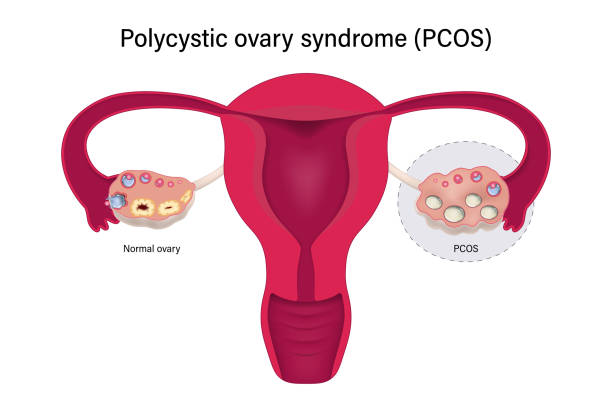Statement updates ambulatory blood pressure classification in children and adolescents
An American Heart Association scientific statement reviewing new evidence and guidance on ambulatory blood pressure monitoring of children and adolescents published today in the Association’s journal Hypertension.
Statement Highlights:
The statement provides simplified classifications for ambulatory blood pressure monitoring (ABPM) in children and adolescents. ABPM is designed to evaluate a person’s blood pressure during daily living activities, including times of physical activity, sleep and stress.
The new classifications come with guidance on when ABPM is appropriate and how to interpret monitoring results.
Children who have medical diagnoses, such as kidney disease, may have normal office blood pressure but significant abnormalities noted on ABPM. Without taking ABPM into account, this can lead to a more benign prognosis.
Elevated childhood blood pressure is linked to heart and kidney damage during youth and adulthood, as well as brain changes associated with worse cognitive function.
ABPM helps ease concern of spikes in blood pressure caused by measurement anxiety, known as white coat hypertension, and helps assess daily blood pressure patterns.
ABPM is used to confirm whether a child or adolescent with high blood pressure during a clinic measurement truly has hypertension.
This scientific statement was prepared by the volunteer writing group on behalf of the Atherosclerosis, Hypertension, and Obesity in the Young Committee of the American Heart Association Council on Lifelong Congenital Heart Disease and Heart Health in the Young; Council on Cardiovascular Radiology and Intervention; Council on Epidemiology and Prevention; Council on Hypertension; and Council on Lifestyle and Cardiometabolic Health. American Heart Association scientific statements promote greater awareness about cardiovascular diseases and stroke issues and help facilitate informed health care decisions. Scientific statements outline what is currently known about a topic and what areas need additional research. While scientific statements inform the development of guidelines, they do not make treatment recommendations. American Heart Association guidelines provide the Association’s official clinical practice recommendations.
Source: American Heart Association
Citation: Flynn JT, Urbina EM, Brady TM, Baker-Smith C, Daniels SR, Hayman LL, Mitsnefes M, Tran A, Zachariah JP. Ambulatory blood pressure monitoring in children and adolescents: 2022 update: a scientific statement from the American Heart Association [published online ahead of print May 23, 2022].Hypertension. 2022;79: doi: 10.1161/HYP.0000000000000215
Full bibliographic information
AHA SCIENTIFIC STATEMENT – Hypertension. 2022;79:00–00. DOI: 10.1161/HYP.0000000000000215
Ambulatory Blood Pressure Monitoring in Children and Adolescents: 2022 Update: A Scientific Statement From the American Heart Association





